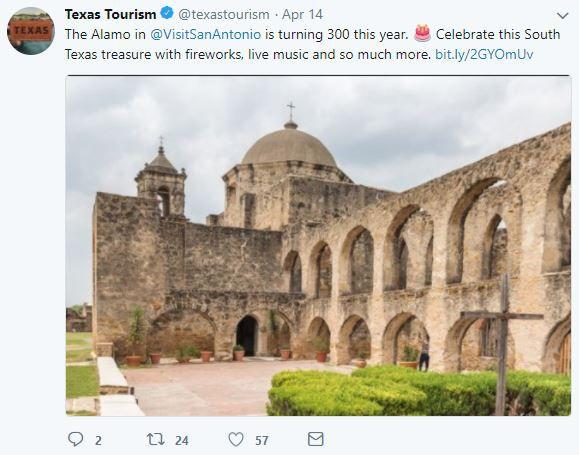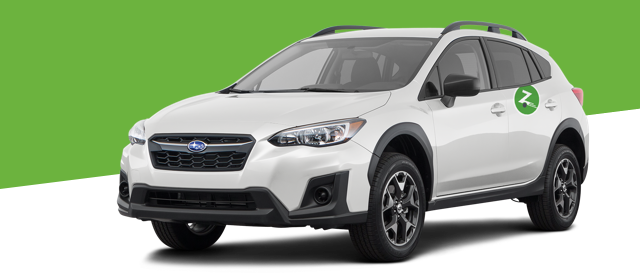
The town of Alamo is located in southern Hidalgo County, Texas. It is a part of the Rio Grande Valley. According to the census, the town has a population of just over 20,000 people.
Defending the Alamo
The Alamo in San Antonio, Texas, was the site of the first battle of the Texas War for Independence. Although it was a brief, bloody affair, the fight drew international attention and has become a symbol of Texan courage.
In 1821, Stephen Austin and his 300 U.S. families arrived in San Antonio. They were supported by Mexicans and Spanish military troops. After the initial victory, they fought back against the Mexicans for three more days, but were ultimately unable to withstand the third attack.
By the time Santa Anna arrived, he was prepared for a bloody battle. His army included 6,000 men. He posted a company east of the Alamo and one company on the road to Gonzales.
The Alamo defenders numbered about 200, including famous frontiersman Davy Crockett. The battle began on February 23, 1836, and ended on March 6, 1836.
Military installations in Texas
Texans are fortunate to have a number of military installations that contribute to the state's economy. Some bases support hundreds of thousands of jobs. These installations are a major contributor to the state's economy and help to keep it strong. A recent study by the Texas Comptroller of Public Accounts (CPA) analyzed the economic impact of these installations and their associated population.
The CPA's survey measured the economic impact of military installations in Texas, including their direct and indirect effects. It included inputs such as all employees, contractors, and dependents connected to the bases.
According to the study, the economic impact of Texas' military installations reached an estimated $123.6 billion in 2019. Moreover, it found that the state is expected to receive $114.1 billion in economic benefits from these facilities in 2021.
Earthquake activity in the Alamo region
The United States Geological Survey (USGS) has received reports of an earthquake of magnitude 5.3 near Mentone, Texas. This is the largest recorded quake in this area. It was accompanied by a smaller aftershock.
A study by scientists at the University of Texas and the U.S. Geological Survey showed that the quake occurred at a depth of five miles.
Although this is the largest recorded quake in the Mentone area, it is not the most powerful earthquake in modern times. That honor belongs to a 4.6 magnitude temblor that hit late in December.
The Alamo region of Texas is one of the most seismically active regions in the United States. Since 1900, the city has had 176 quakes with a magnitude of at least 4.0. However, it's not a particularly dangerous area.
Frequently Asked Questions
What age do you need to be to rent an automobile in Europe?
You must be 21 to drive legally in most European countries. If you are younger than 18, you may still be permitted to rent a vehicle from an adult (normally over 25). However, rental car policies vary by country. In some cases, you might be able even to rent cars without being older than 15.
Is hail damage my responsibility when I am renting a car in the United States?
All damage from natural disasters like tornadoes, hurricanes, floods and others will be covered by your insurance company. You can ask your rental agency to clarify if your rental vehicle qualifies for this coverage.
Do you need a car for Europe?
It all depends on where and what you are looking for. A typical European city may have priorities that are different from one in a rural area.
You should also consider how long you plan to stay in each country. You may need an economical car if there are frequent trips and you don't plan on staying in one place for long.
In most cases, buying a second-hand car is better than renting one. It is often cheaper to buy a used car than rent one in Europe. You can save money on fuel costs, parking fees, maintenance, insurance, taxes, and so forth.
You can also drive the car safely knowing that you own it.
Many websites provide information about renting a car in Europe. Please see our recommendations below.
Statistics
- Save up to 30% on your rental car in Europe when you book with us today. (autoeurope.com)
- I'd say 70% of the time, we have a hassle-free encounter, but there have been certain companies that we prefer not to use anymore. (theworldpursuit.com)
- In 2019, the most crucial factor is the cost and fees of the rental (accounting for 28% of overall satisfaction with the rental experience), followed by the rental car itself at 25% and the pick-up process at 23%. (cnet.com)
- For canceled trips two days or shorter, a guest is charged 50% of one day's trip cost. (insider.com)
- You can rent an automatic but these cars can cost as much as 50% more than a manual vehicle. (earthtrekkers.com)
External Links
autoslash.com
avis.com
enterprise.com
alamo.com
- Alamo Rent a Car offers cheap car rental in the U.S. and Latin America -
- Alamo Insiders – Alamo Rent a Car - Low Car Rental Rates
How To
12 Things You Need to Know About Renting A Car in Europe
What should I know about renting a car in Europe
Before you rent a car in Europe there are some things you need to know. A lot depends on what type of rental car you choose. Here are some tips to make your trip smooth.
- Your insurance policy. Make sure your insurance policy covers international travel before you get on the road. If not, check out our guide to finding cheap car insurance abroad.
- The right documents. You will need a driver's permit from your home country as well as several identification cards (passports and visas). to prove where you're going. It is best to get these documents early so that you don’t miss any deadlines.
- Road Rules. Traffic laws in your area. Be sure to pay attention for signs warning of speed limits, one -way streets, pedestrian crossings, etc. Driving in another nation could lead to accidents or fines.
- Parking rules. Parking regulations vary from one city to the next. Before you travel to a city, ensure that you are familiar with the parking regulations.
- Gasoline. Gasoline. While gas prices may vary by country and location, the average price of gasoline is three times that back home.
- Insurance requirements. Rentals older than 3 years may require additional liability insurance. Get more information from your rental company.
- GPS navigation systems. Travelers are increasingly using GPS navigation systems. You should bring a map along and ask for directions if you aren't familiar with the use of these GPS navigation systems.
- Radio stations. The radio station you are visiting may play music that is unfamiliar to you. Do not worry, just press "0" and the frequency will change to English.
- Seatbelts. Most European countries require seatbelts.
- Road tolls Road tolls are common throughout Europe. Most tolls are collected at major intersections.
- Speeding tickets. Speeding is strictly prohibited across large parts of Europe, including Germany, Austria, Switzerland, Italy, France, and Spain.
- Tipping. Tipping is not as common in Europe as it is in North America. Tipping isn't customary anywhere in the world anymore. Instead, you can give a round number like 10%-15%.
https://rentacar24.org/rent-a-car-europe/alamo-texas-a-symbol-of-courage/


No comments:
Post a Comment